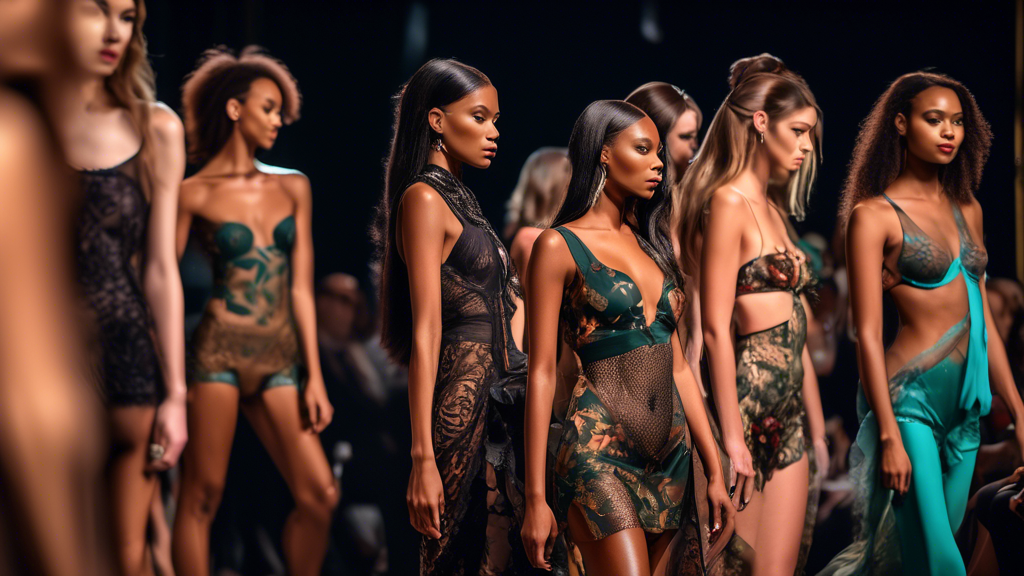
The Victoria’s Secret Fashion Show Returns, but There’s a Catch
Victoria’s Secret is making headlines once again as it prepares to return with its iconic fashion show, but this time with a significant twist. The brand’s latest campaign features a transgender model, leading to a polarized public discourse about inclusivity and traditional brand values.
Victoria’s Secret’s New Campaign
In an effort to revamp its image, Victoria’s Secret has launched a new advertising campaign that prominently includes a transgender model. This decision signals a noteworthy shift for the brand, which has faced criticism in recent years for its narrow representation of beauty.
Model Featured
While the article by Madeline Leesman does not specify the name of the transgender model featured, this inclusion is a clear indication of Victoria’s Secret’s desire to broaden its marketing narrative. By showcasing a wider range of identities, the brand aims to resonate with a more diverse customer base.
Public Reaction
The decision has ignited mixed reactions. On one side, advocates for inclusivity hail this move as a progressive step toward better representation. Conversely, others have expressed dissatisfaction, asserting that the inclusion of a transgender model does not align with their perceptions of the brand’s identity.
Brand Image and Marketing Strategy
Victoria’s Secret has recognized the need for change. Its strategy reflects a significant departure from its historical focus on supermodels, now emphasizing diversity as a central tenet. This rebranding effort is an attempt to stay relevant in an evolving market that increasingly values inclusivity.
Social Media and Online Response
Social media platforms have become a critical arena for reactions to the campaign. Responses range from words of support to calls for boycotts, underscoring a divided public opinion. The article highlights how these platforms facilitate fierce discussions about representation and inclusivity, with users passionately voicing their viewpoints.
Broader Cultural Context
The choice to feature a transgender model aligns with a broader cultural trend towards acceptance and visibility for LGBTQ+ individuals. Such marketing strategies evoke discussions not only about branding but also about the shifting social landscape regarding gender identity and representation.
Business Implications
Victoria’s Secret’s decision carries with it potential business ramifications. While it may alienate certain customers who prefer the brand’s traditional image, it could also attract a new demographic that values diversity. The long-term impact on the brand’s reputation and customer loyalty remains uncertain, necessitating careful monitoring of market response in the upcoming months.
Conclusion
The return of the Victoria’s Secret Fashion Show, now intertwined with themes of diversity and inclusion, captures the current complexities of modern marketing. As discussions continue to unfold, the balancing act between appealing to traditional values and embracing broader societal changes will be crucial for the brand’s future.
